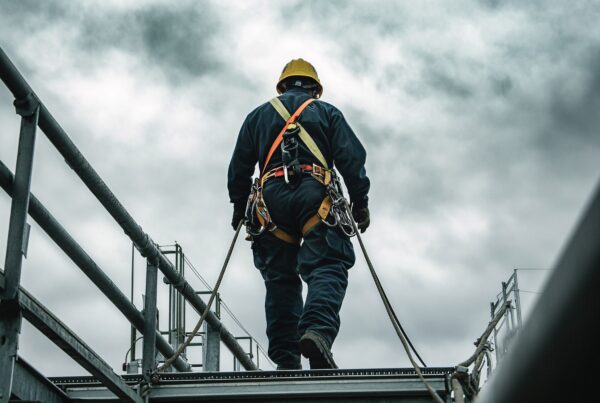
There was a tragic incident in the Tri-Cities in October of last year where a worker died in an apple storage facility. The employer lowered the oxygen in the building to less than 10% of the state’s minimum required level. Why on earth would a company do that? The answer is simple: money. Less oxygen in the room means the fruit stays fresh longer, making it easier to sell them long-term. Unfortunately, humans can’t survive on low levels of oxygen.
In this blog, you’ll learn the crucial role of reporting unsafe work conditions to the Department of Labor and Industries (L&I), the impact of cost-cutting measures on worker safety, and how a workers’ compensation law firm can help.
How does Washington State L&I protect workers?
Every once in a while, I step down from my soapbox and nod to the Department of Labor and Industries (L&I) when they work to advance the safety and well-being of Washington workers. Washington State’s Department of L&I operates in something of a “watchdog” capacity. They are dedicated to ensuring that business and industry are welcomed and can thrive and create jobs in Washington, but also that their successes aren’t the result of exploitation and disgraceful work environments. This dedication and the Industrial Insurance Act stem from recognizing that workplace accidents endanger lives, undermine trust in the labor force, and impede economic productivity. And it is that trust in the labor force that tragedies like this remind us not to take lightly.
Every company must watch the proverbial bottom line and develop strategies for increasing profits and reducing costs. It’s pretty straightforward; you don’t buy paper clips for 10 cents each if the store sells them for 5 cents down the road, right? Makes sense. But what if you find out the 5-cent paperclips are toxic? Do you still buy them or recognize that exposing your staff to toxic chemicals isn’t great for business? It’s no surprise, I’m sure, that big and small companies don’t always make the right choices. After many years practicing L&I law, I can testify to that.
Reporting unsafe working conditions
Another unfortunate truth is that bringing these practices to light often takes a tragedy. L&I is supposed to monitor these things, but they rely on workers to alert them to unsafe working conditions. There is no way that L&I can be in all places at all times. The problem is made worse by the fact that on the other side of the L&I coin, claim management and access to benefits are battles that injured workers have to endure after they have been injured on the job.
All too often, these injuries are the result of overly aggressive cost-cutting tactics or a lack of safety measures. We’re left with employers taking drastic, unscrupulous measures to save money. This often goes unnoticed by the state, and a benefits system that has devolved from a guarantee of “sure and certain relief” under the Industrial Insurance Act. Now, it’s a system that allows those same employers to fight, fists-clenched, over every penny in benefits conveyed, even after those same employers’ dastardly cost-saving policies were the reason for the injury in the first place.
The L&I system in Washington state is fraught with problems. It seems to be fundamentally broken from what the framers of the Industrial Insurance Act intended in 1911, especially concerning claim administration and access to benefits. However, they are still a workers’ ally, perhaps their only ally, when it comes to blowing the whistle on unsafe conditions before it’s too late.
A workers’ compensation law firm is your ally
How can a workers’ compensation law firm help you? Contact L&I and inform them if something isn’t right at your job site. If you need help filing a complaint, contact us immediately. If you’ve been injured on the job for any reason and feel like your employer or the Department of Labor and Industries isn’t treating your claim the way they should, don’t hesitate to schedule a free consultation; you’re probably right. The claims process is a mess, and we’re here for you.



